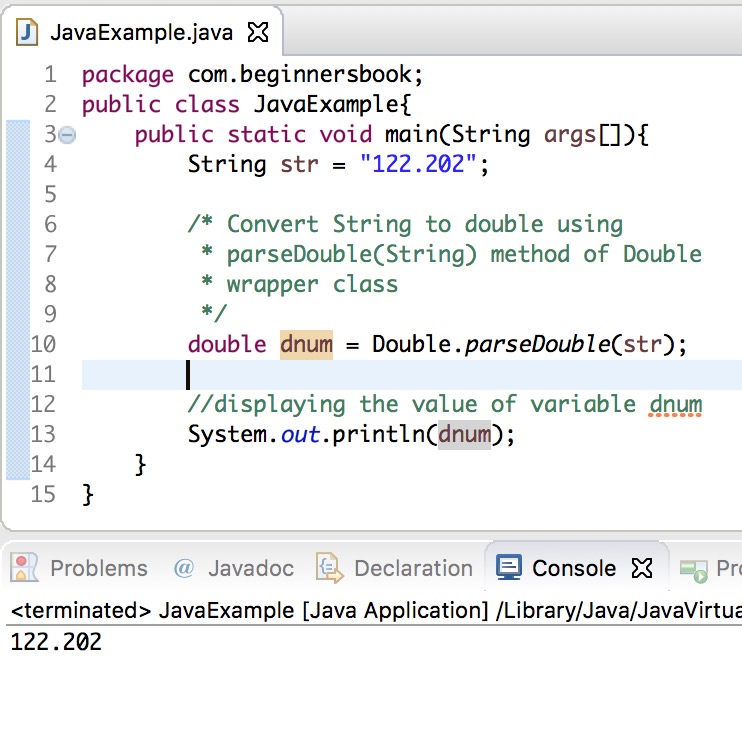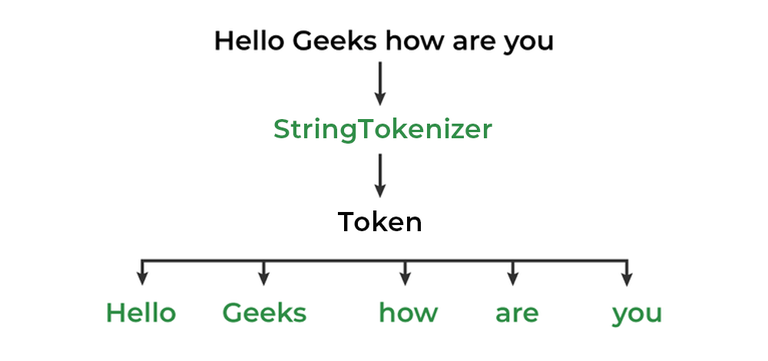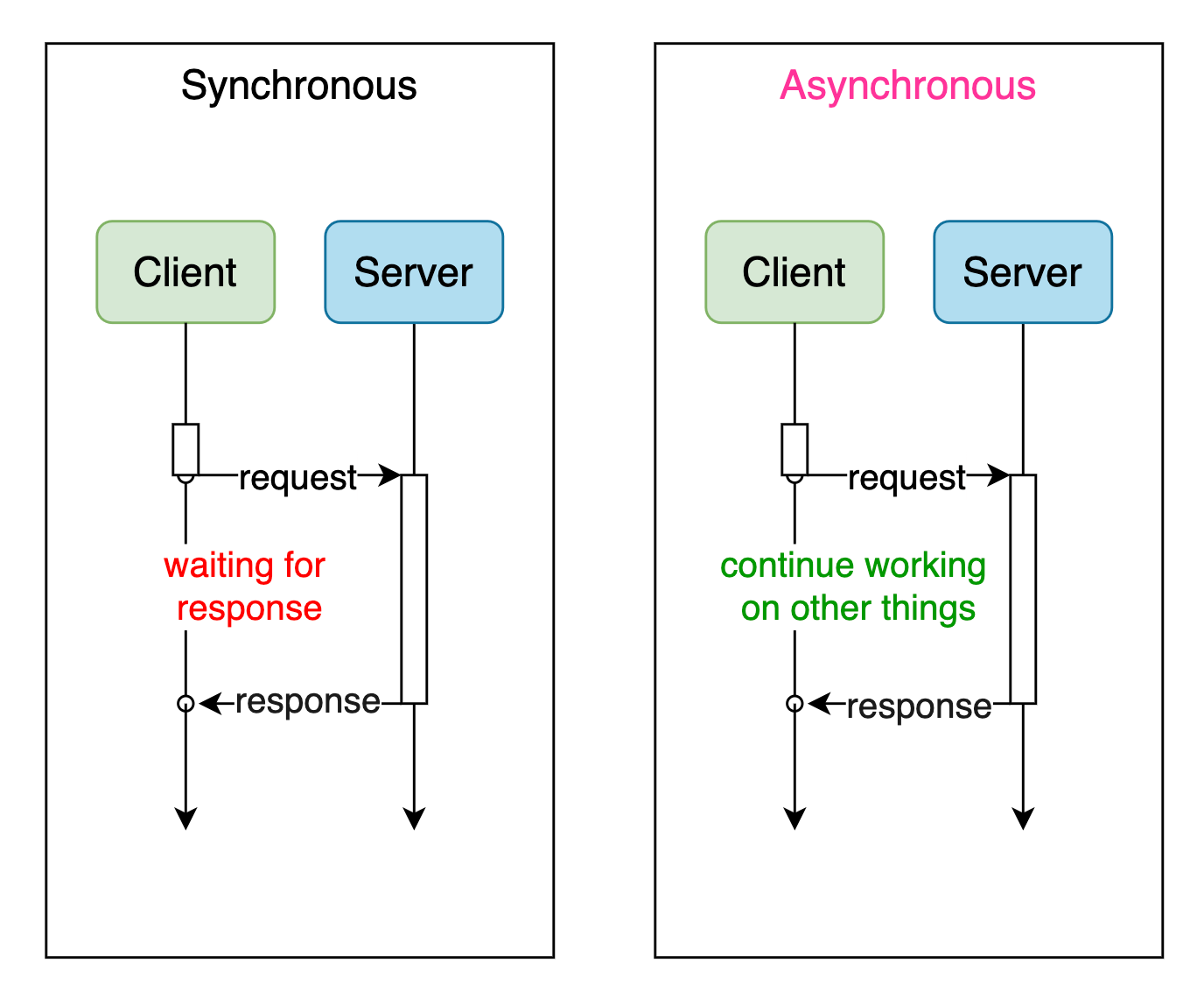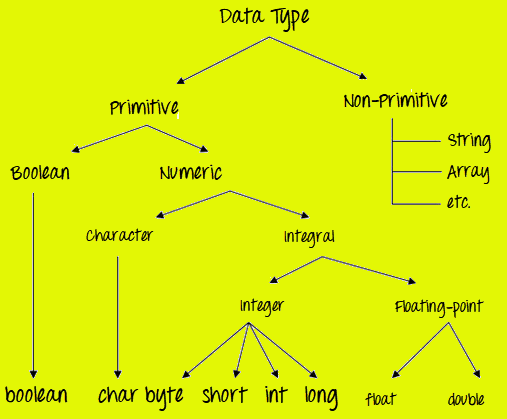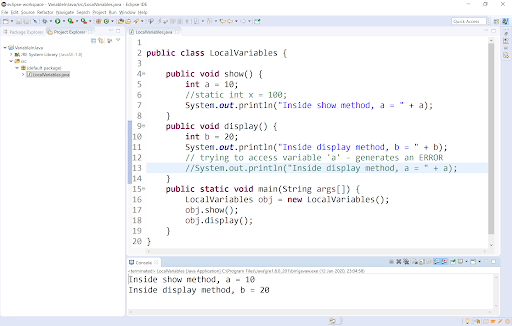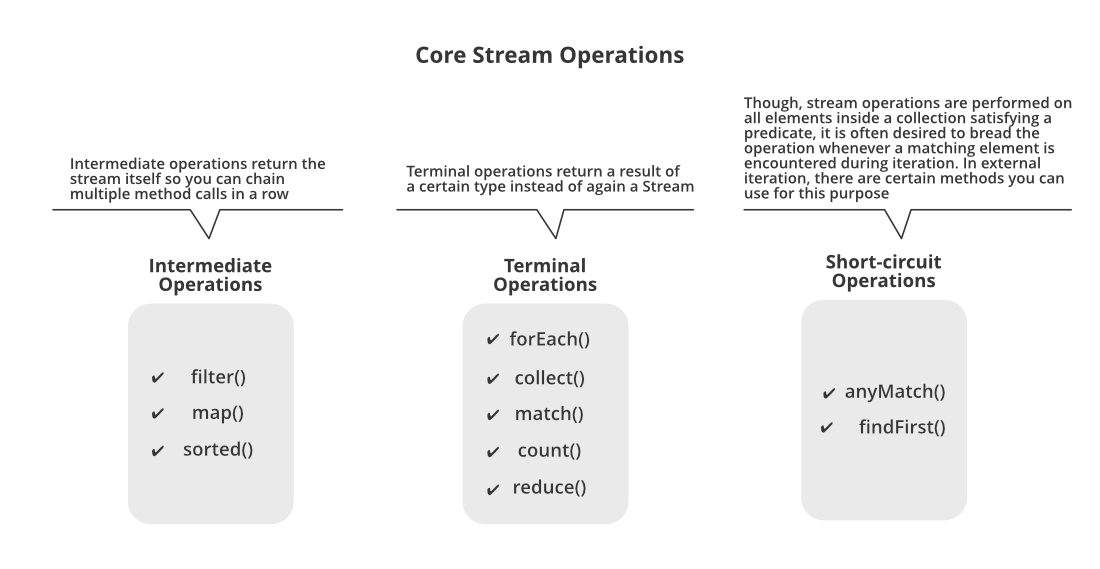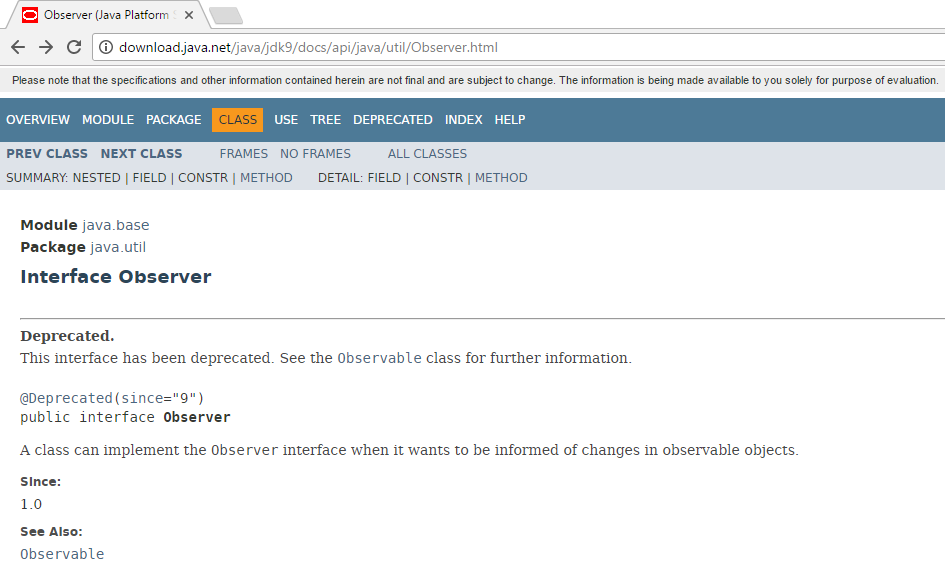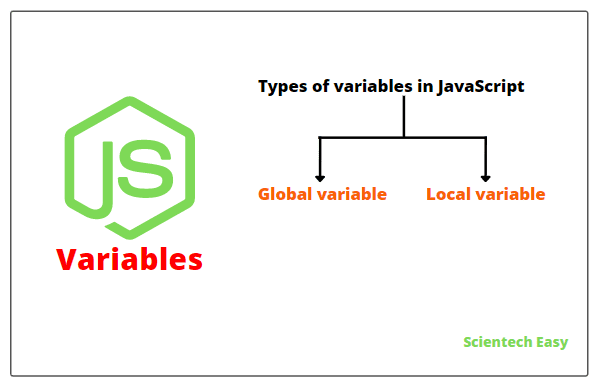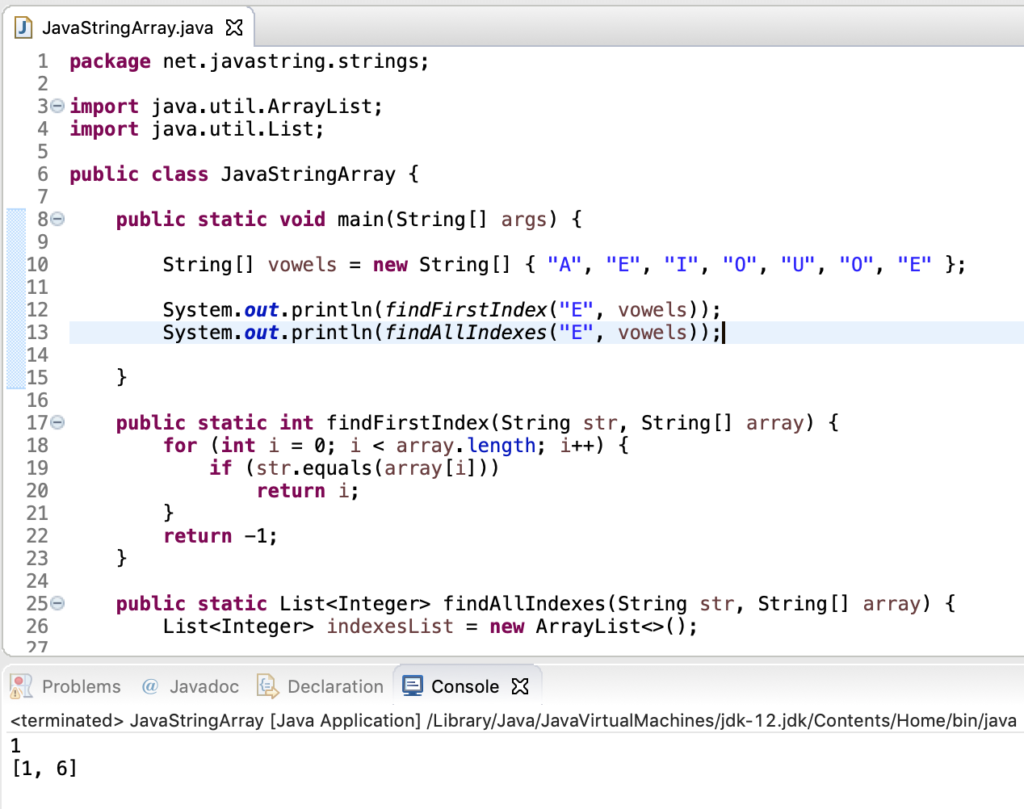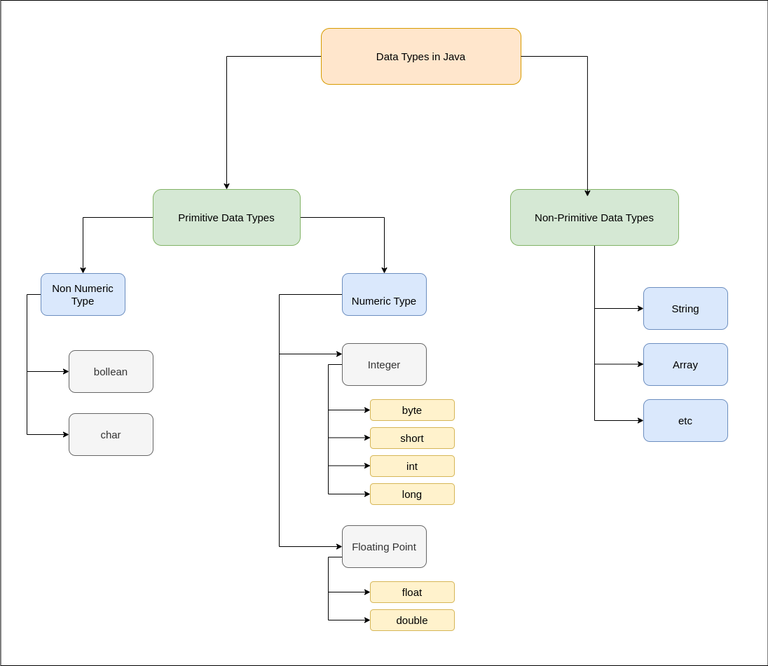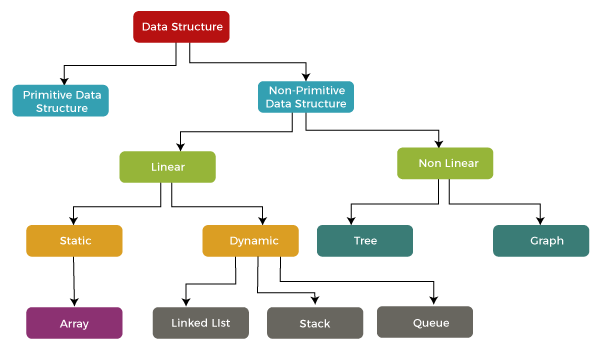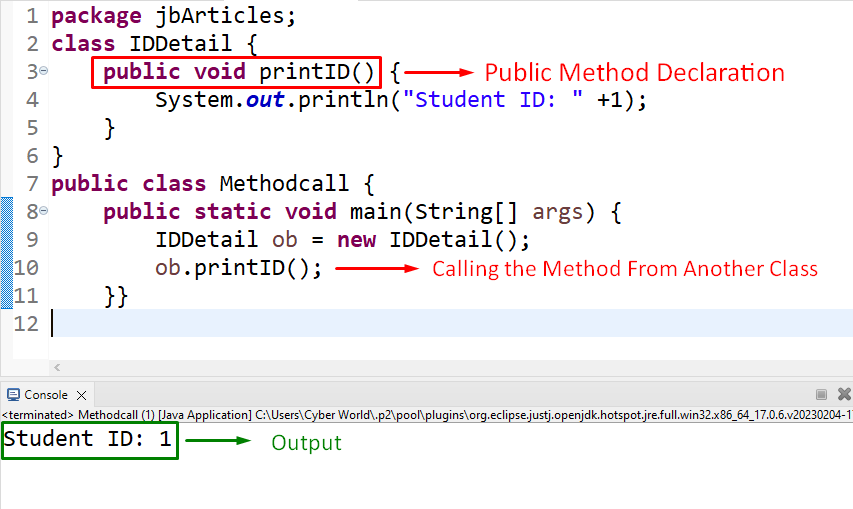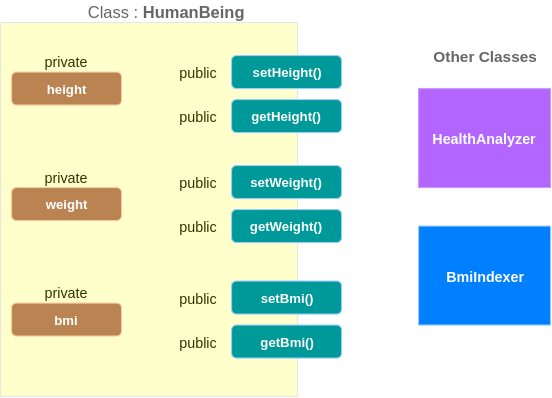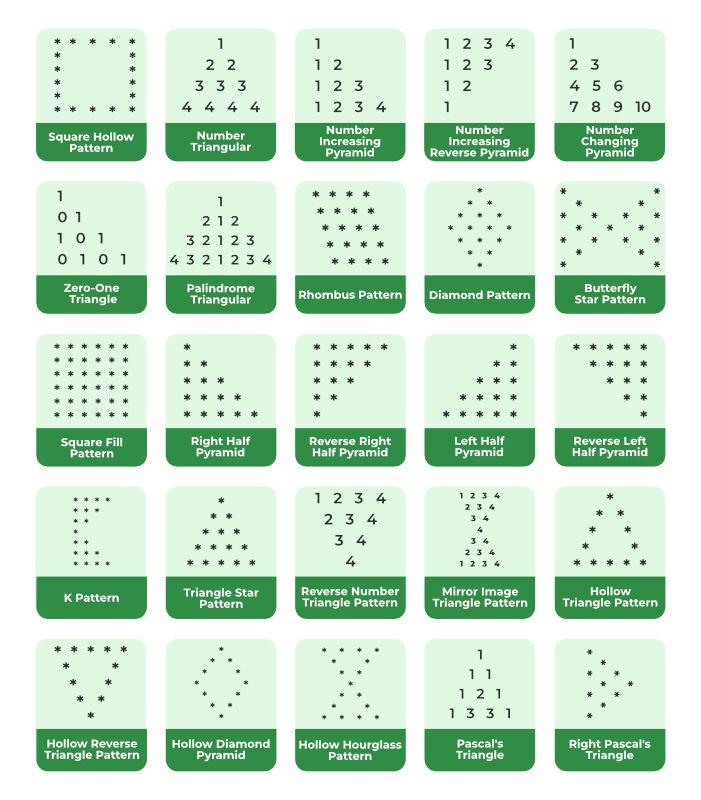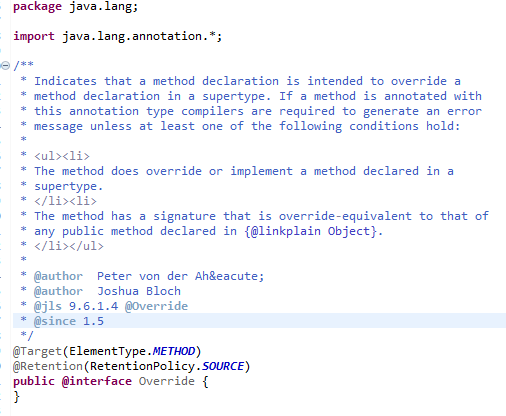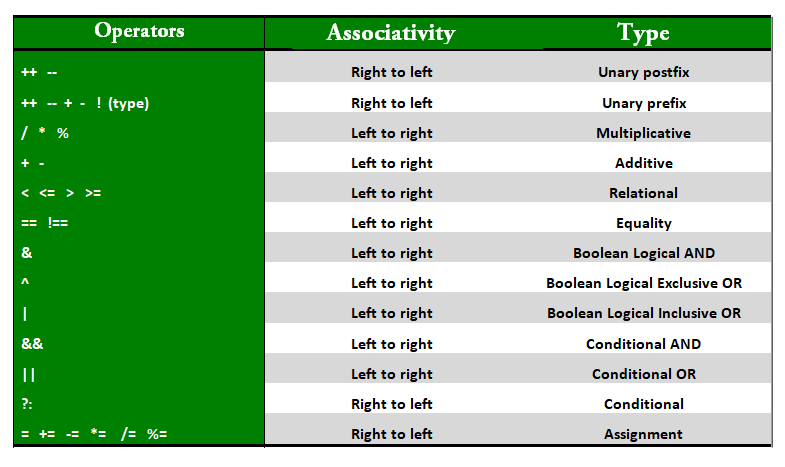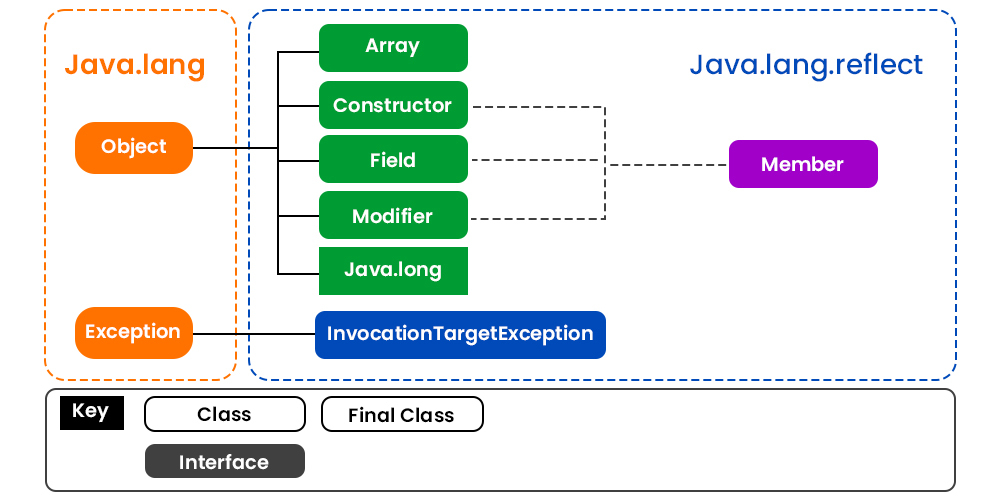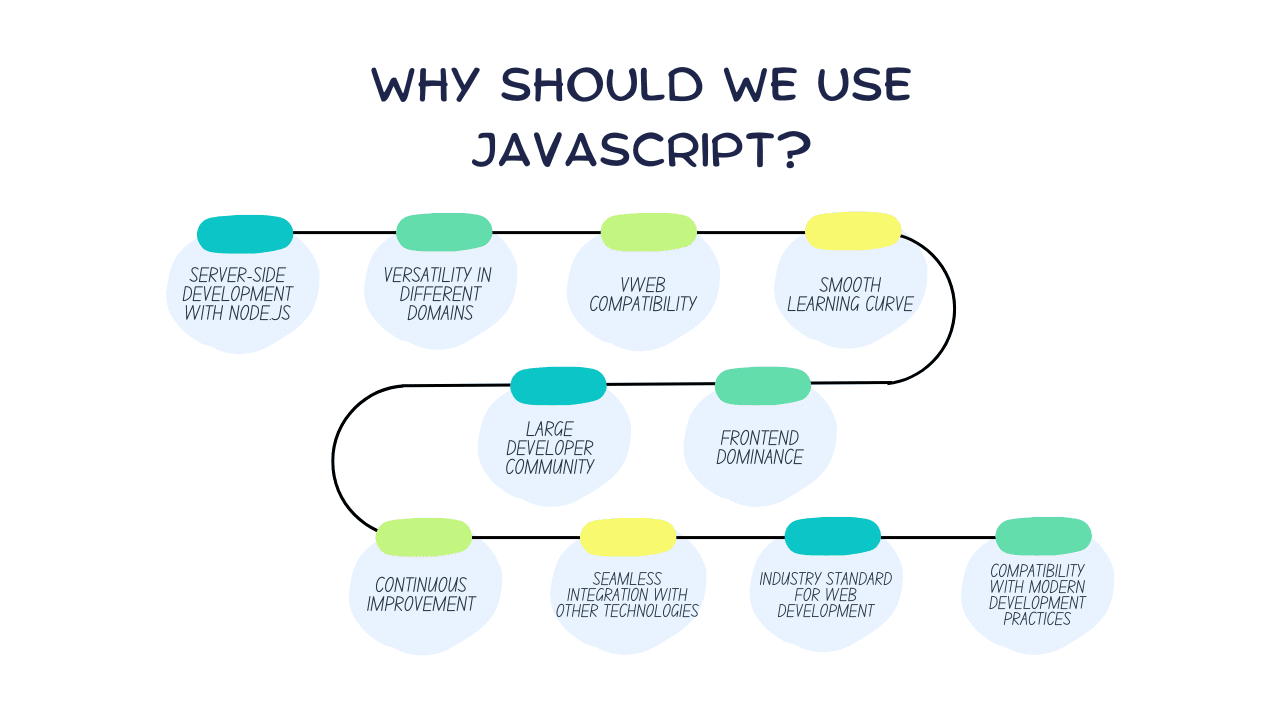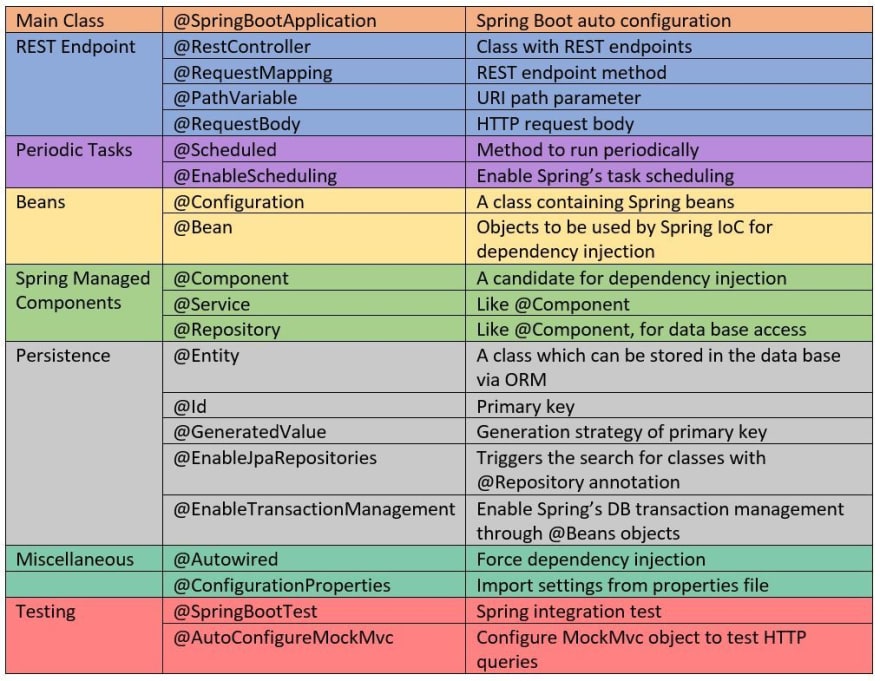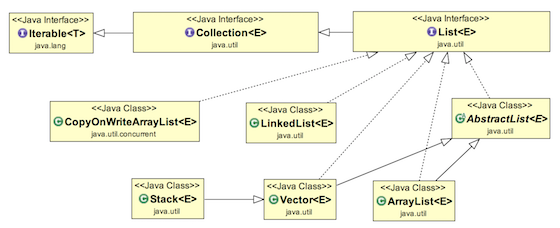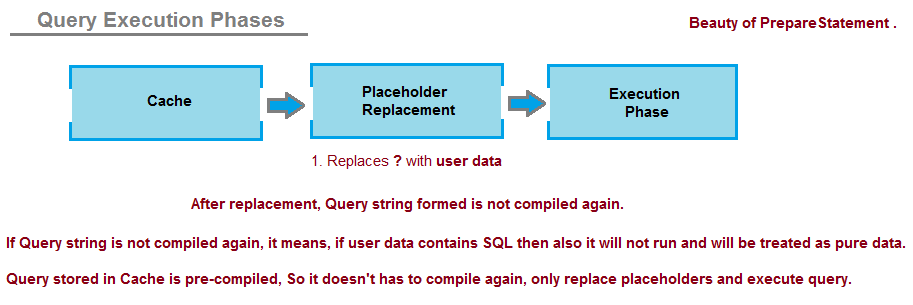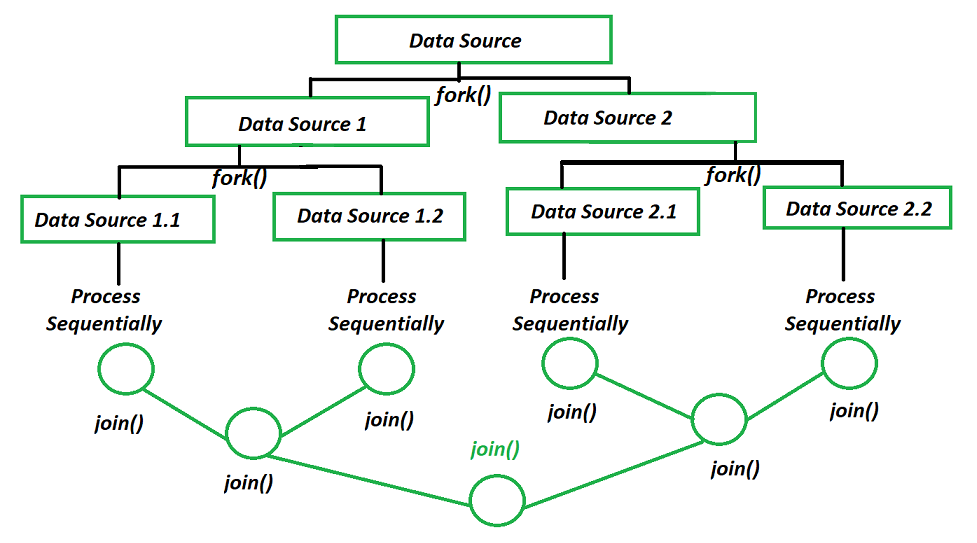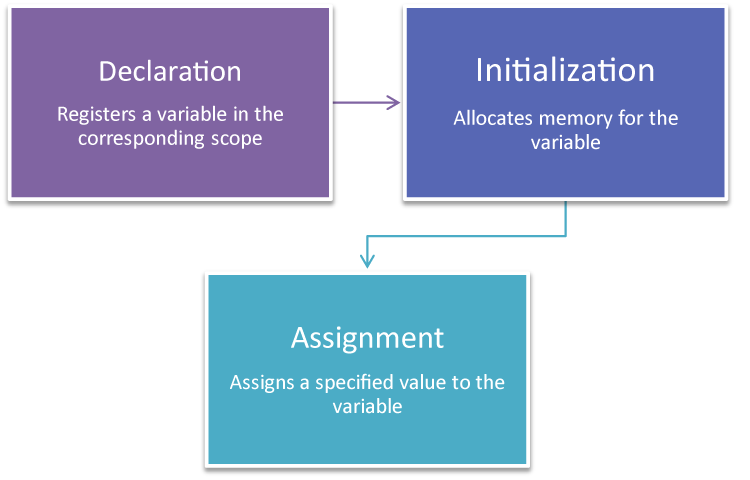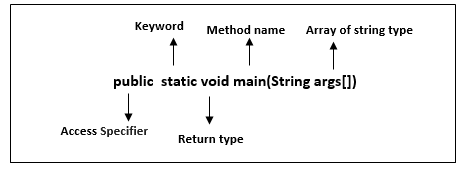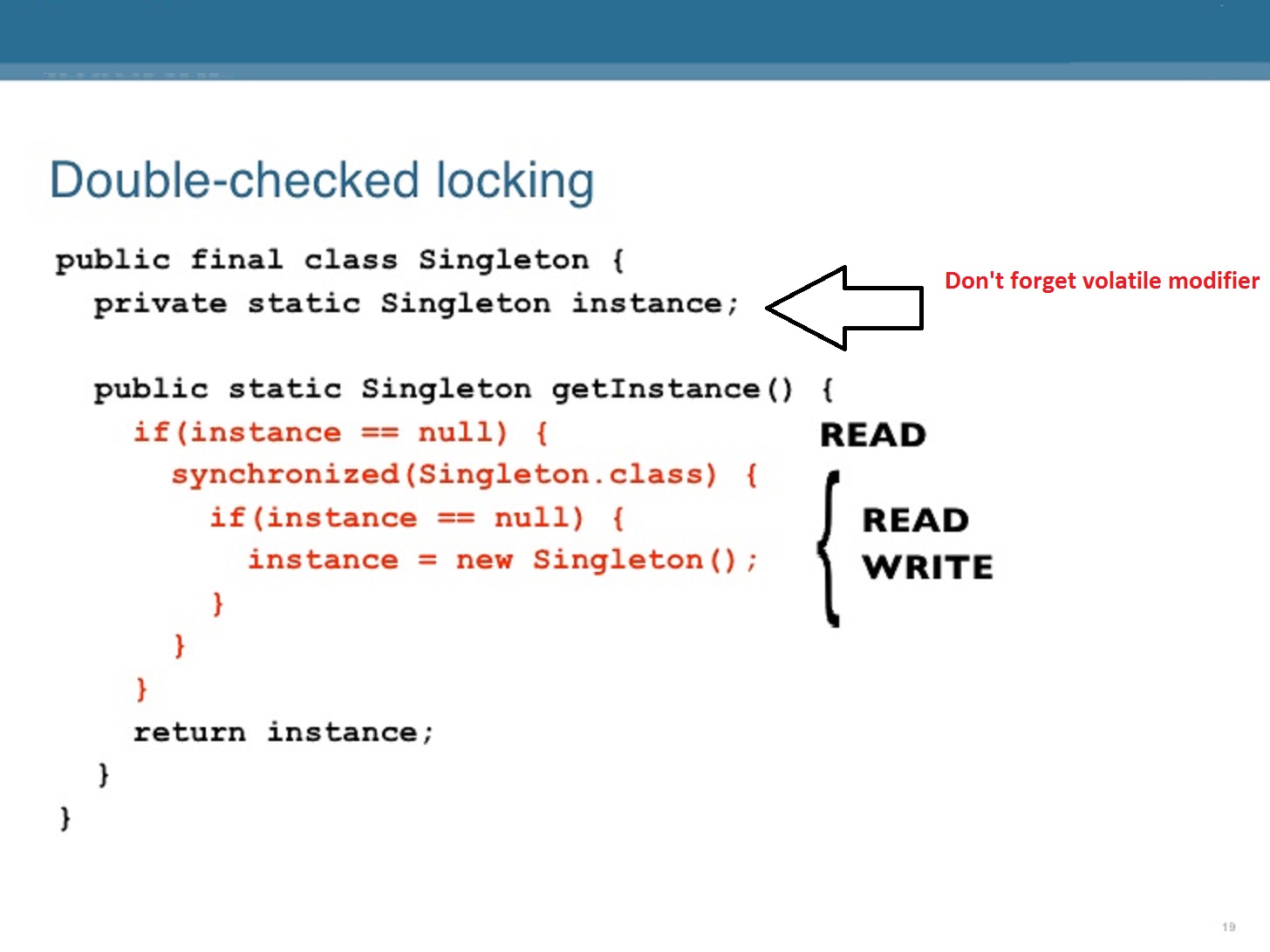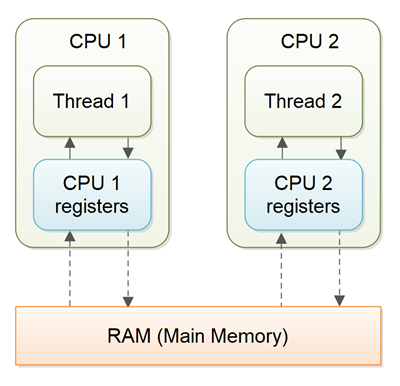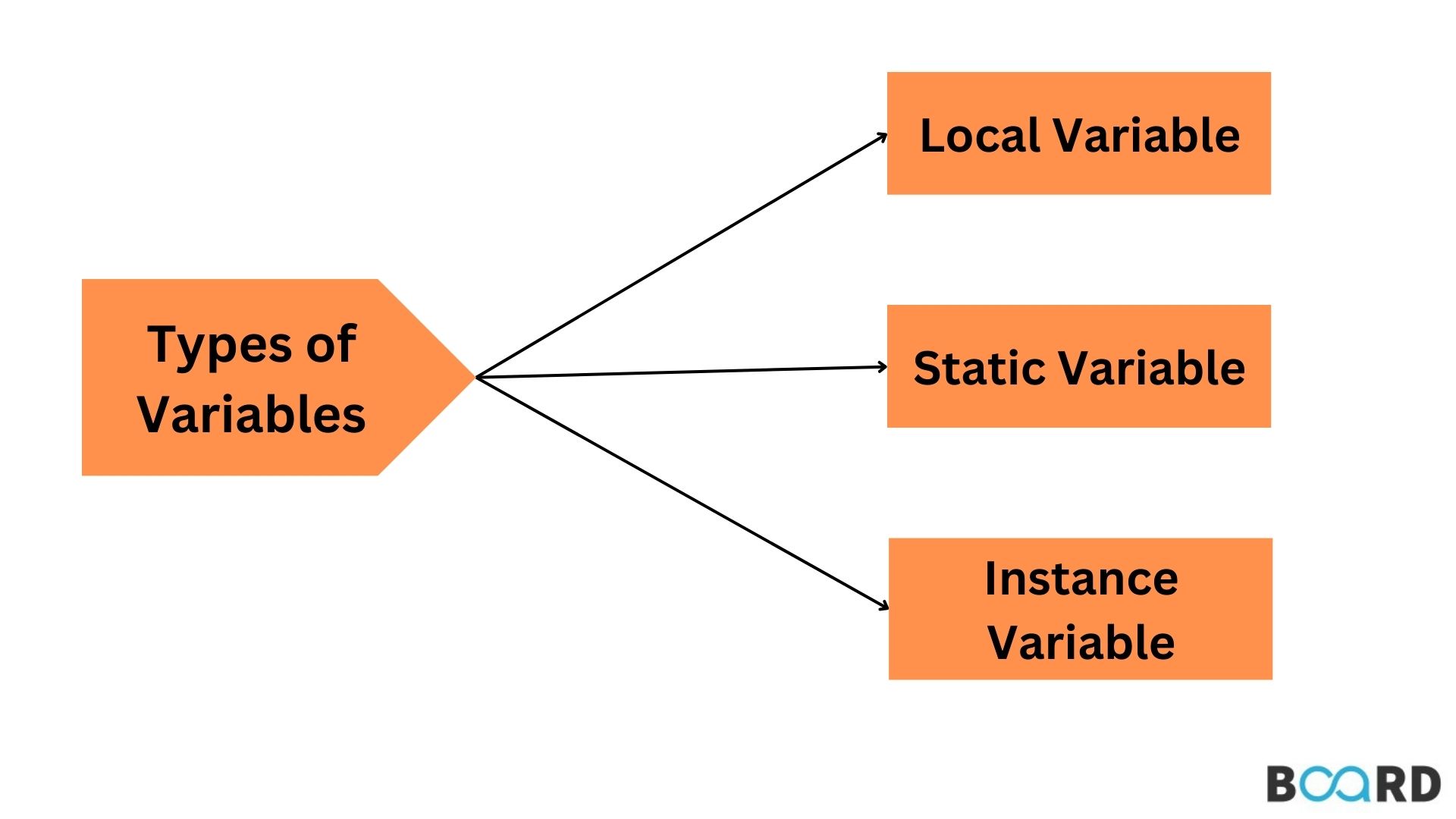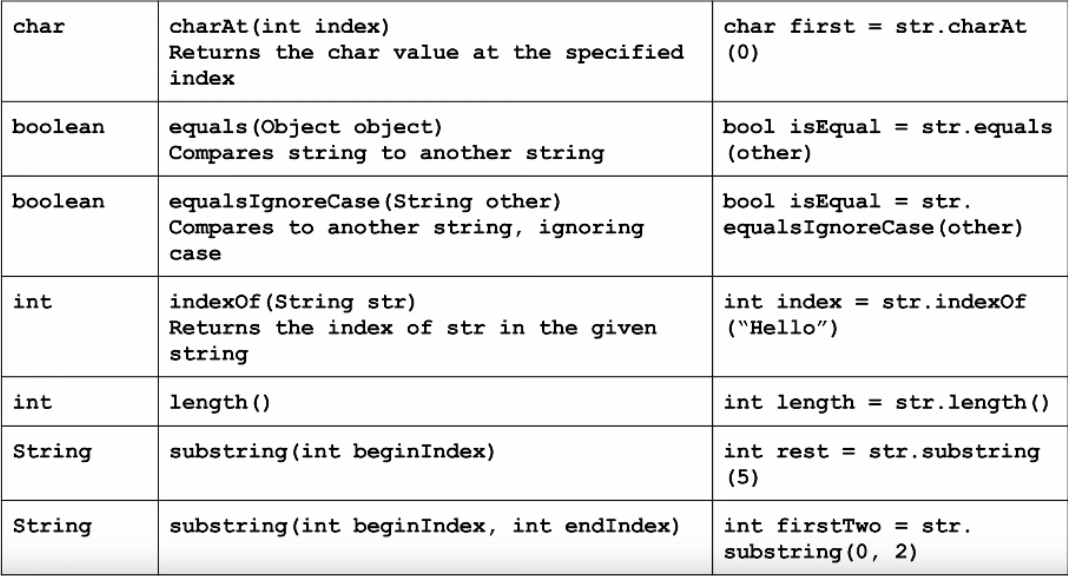string builder java
string builder java
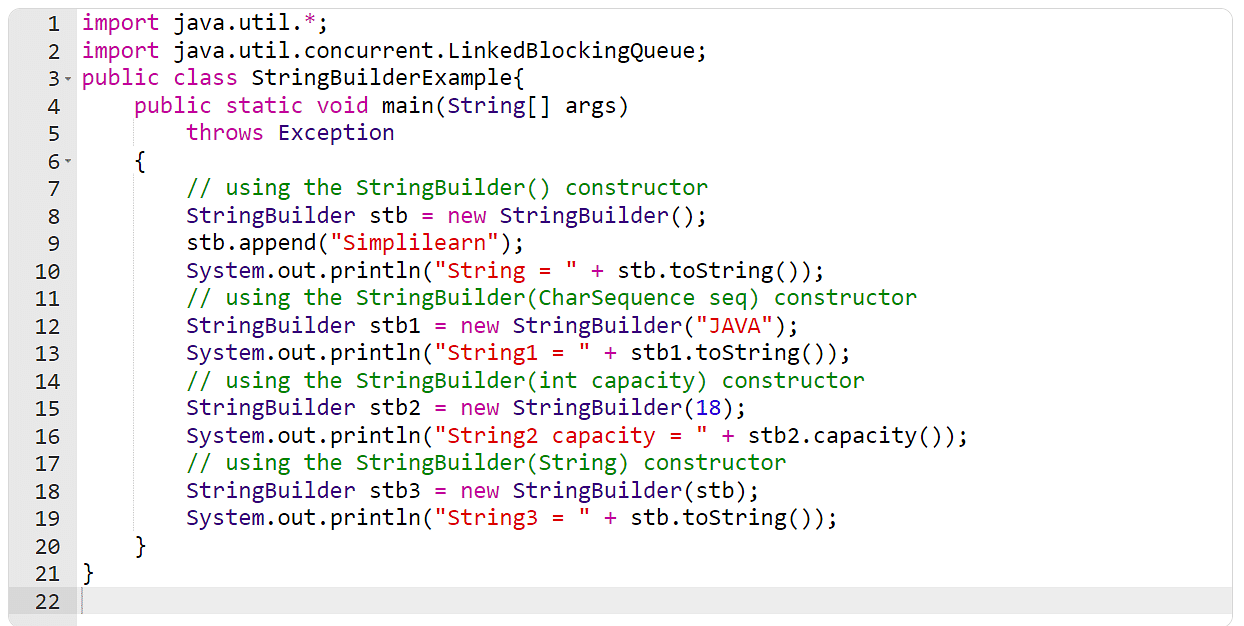
I'd be happy to help you with that! String Builder is a part of Java's StringBuilder class, which is used for concatenating strings without creating temporary String objects. Here are some key points and examples:
What is StringBuilder?
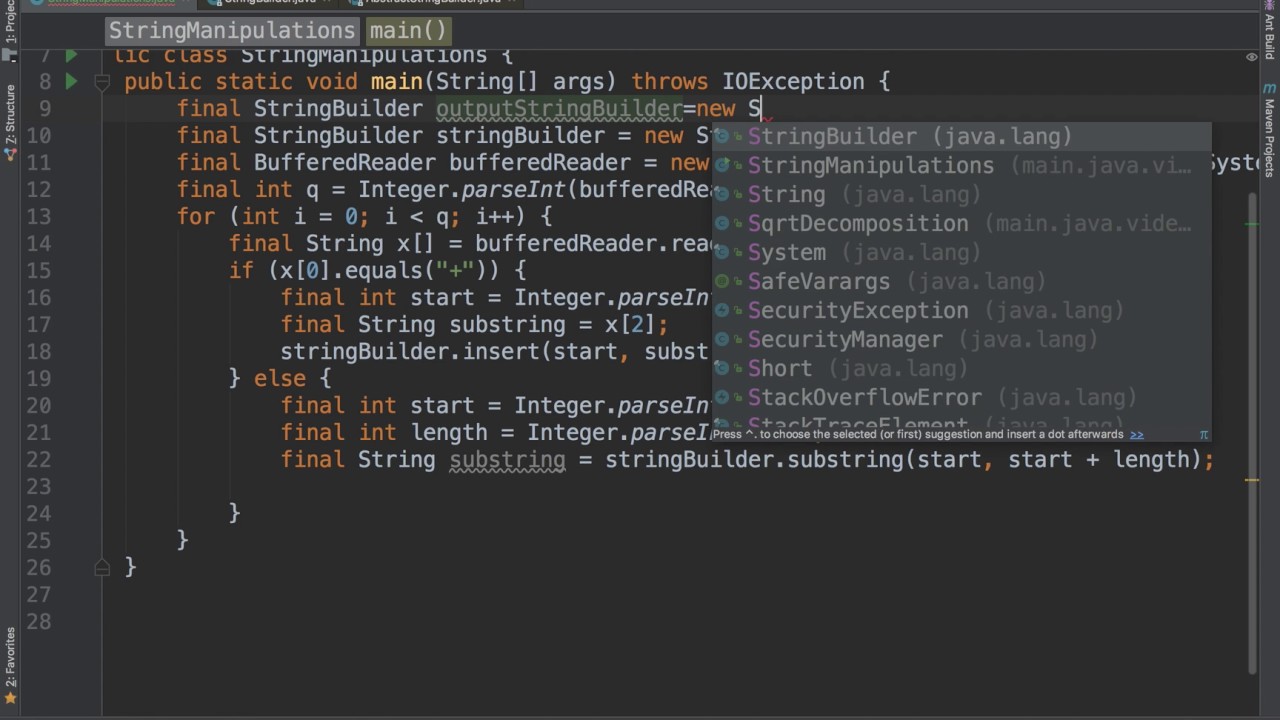
The StringBuilder class in Java represents a mutable sequence of characters. This class mirrors the String class, but unlike the String class, it doesn't create a new object each time you use an append() method or other methods.
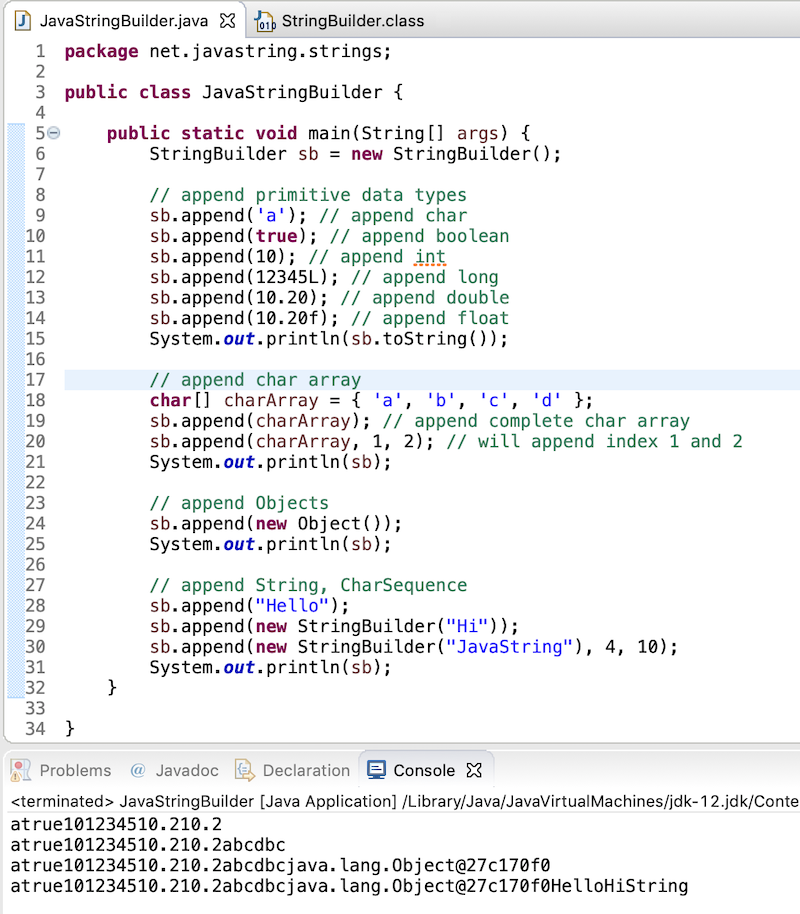
Why Use StringBuilder?
Using StringBuilder has several advantages over using the plus operator (+) or concatenation methods:
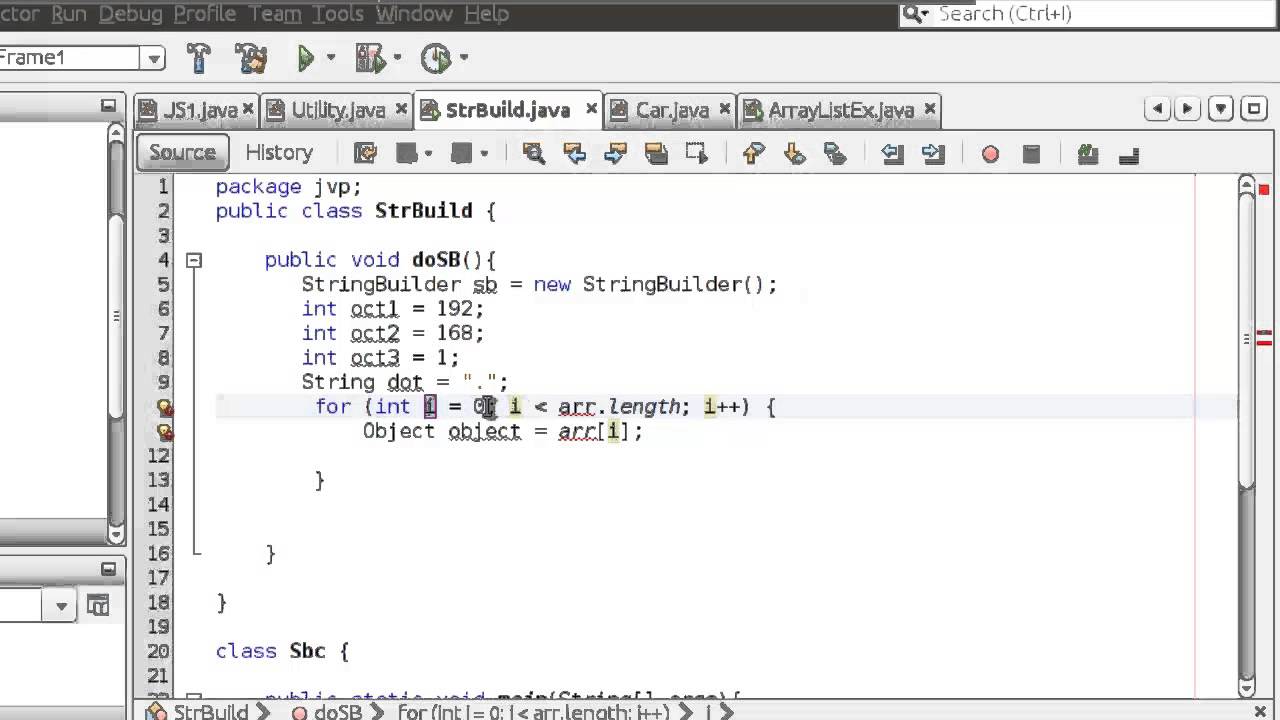

How to Use StringBuilder?
Here's an example of how to use StringBuilder:
StringBuilder sb = new StringBuilder();sb.append("Hello");
sb.append(", ");
sb.append("World!");
String str = sb.toString();
System.out.println(str); // Output: "Hello, World!"
In this example:
new StringBuilder() creates a new instance of the StringBuilder class. The append() method adds characters to the end of the builder. You can append strings, integers, or other types of data using various overloaded methods (e.g., append(String), append(int)). Finally, you call the toString() method to get a String representation of the StringBuilder's contents.
Additional Methods
StringBuilder has several additional methods that allow you to manipulate your string sequence:
Insert(): Inserts a string at a specified position. Replace(): Replaces all occurrences of a substring with another substring. Delete(): Deletes characters from the builder. Reverse(): Reverses the order of characters in the builder.Here's an example using these methods:
StringBuilder sb = new StringBuilder("Hello World");sb.insert(6, "Java"); // Insert "Java" at index 6
String str = sb.toString(); // Output: "Hello Java World"
In this example:
insert() inserts the string "Java" at index 6. toString() converts the StringBuilder to a String.
Benefits
Using StringBuilder has several benefits, including:
Improved performance when concatenating strings Reduced memory usage by reusing character arrays Ability to manipulate and transform your string sequenceKeep in mind that while StringBuilder is an efficient way to concatenate strings in Java, it's not always necessary. If you're working with small amounts of text, the overhead of using a StringBuilder might outweigh the benefits.
I hope this helps! Let me know if you have any further questions or need more information on String Builder.
what is string in java with example
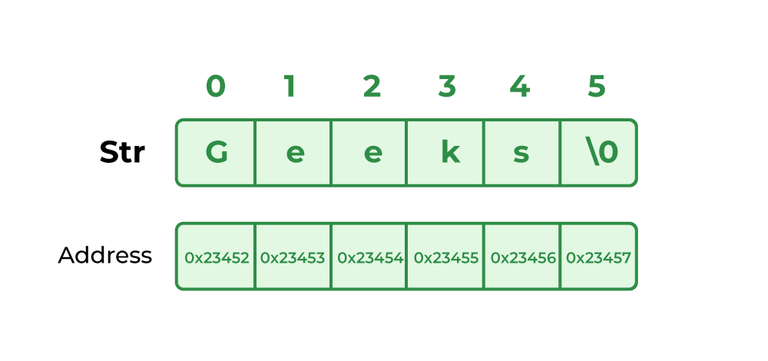
I apologize for any frustration caused earlier.
In Java, a String is an immutable class representing a sequence of characters. It's one of the most used classes in Java programming. Strings can be represented as literal text or as the result of concatenating other strings.
Here are some key features and methods of the String class:
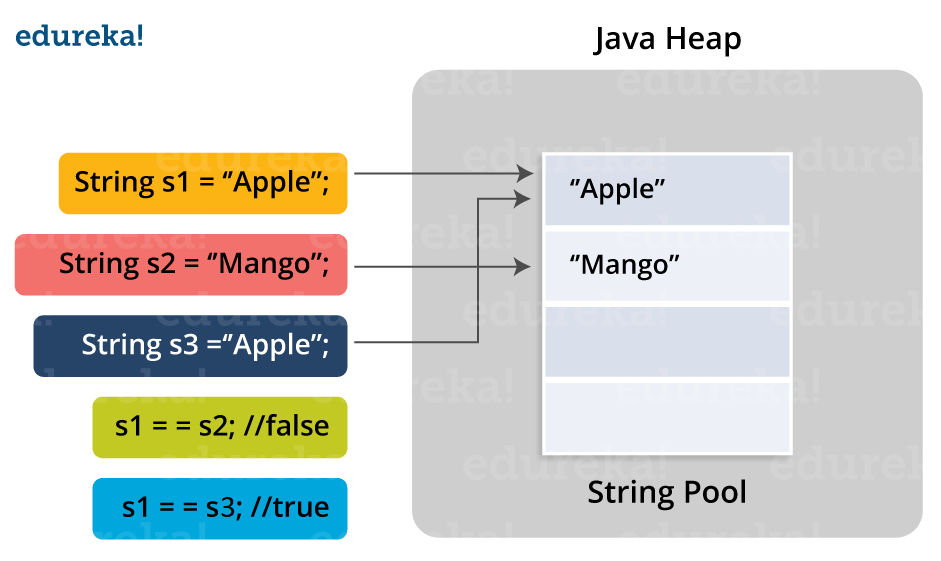
+ operator or the concat() method.
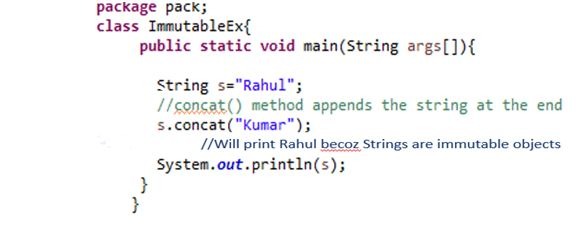
Example:
String hello = "Hello"; // literal string
String world = "World"; // literal string
// Concatenating strings using +
String helloWorld = hello + " " + world;
System.out.println(helloWorld); // prints "Hello World"
// Using concat() method
helloWorld = hello.concat(" ").concat(world);
System.out.println(helloWorld); // prints "Hello World"
In this example, we create two String objects, hello and world. We then use the + operator to concatenate them with a space in between, creating a new String object helloWorld. We also demonstrate using the concat() method to achieve the same result.
length() method.
Substring: You can extract a substring from an existing string using theint length = hello.length();System.out.println("Hello's length is: " + length); // prints 5
substring() method.
Example:
String greeting = "Hello World";String hello = greeting.substring(0, 5);
System.out.println(hello); // prints "Hello"
In this example, we create a string greeting and use the substring() method to extract the substring "Hello" from it.
printf(), format(), or String.format().
Example:
String name = "John";int age = 30;
String message = String.format("My name is %s and I'm %d years old.", name, age);
System.out.println(message); // prints "My name is John and I'm 30 years old."
In this example, we create a string message using the String.format() method, which replaces placeholders (%s and %d) with actual values.
These are just some of the many features and methods available for working with strings in Java. Mastering these will help you write efficient and effective code!
